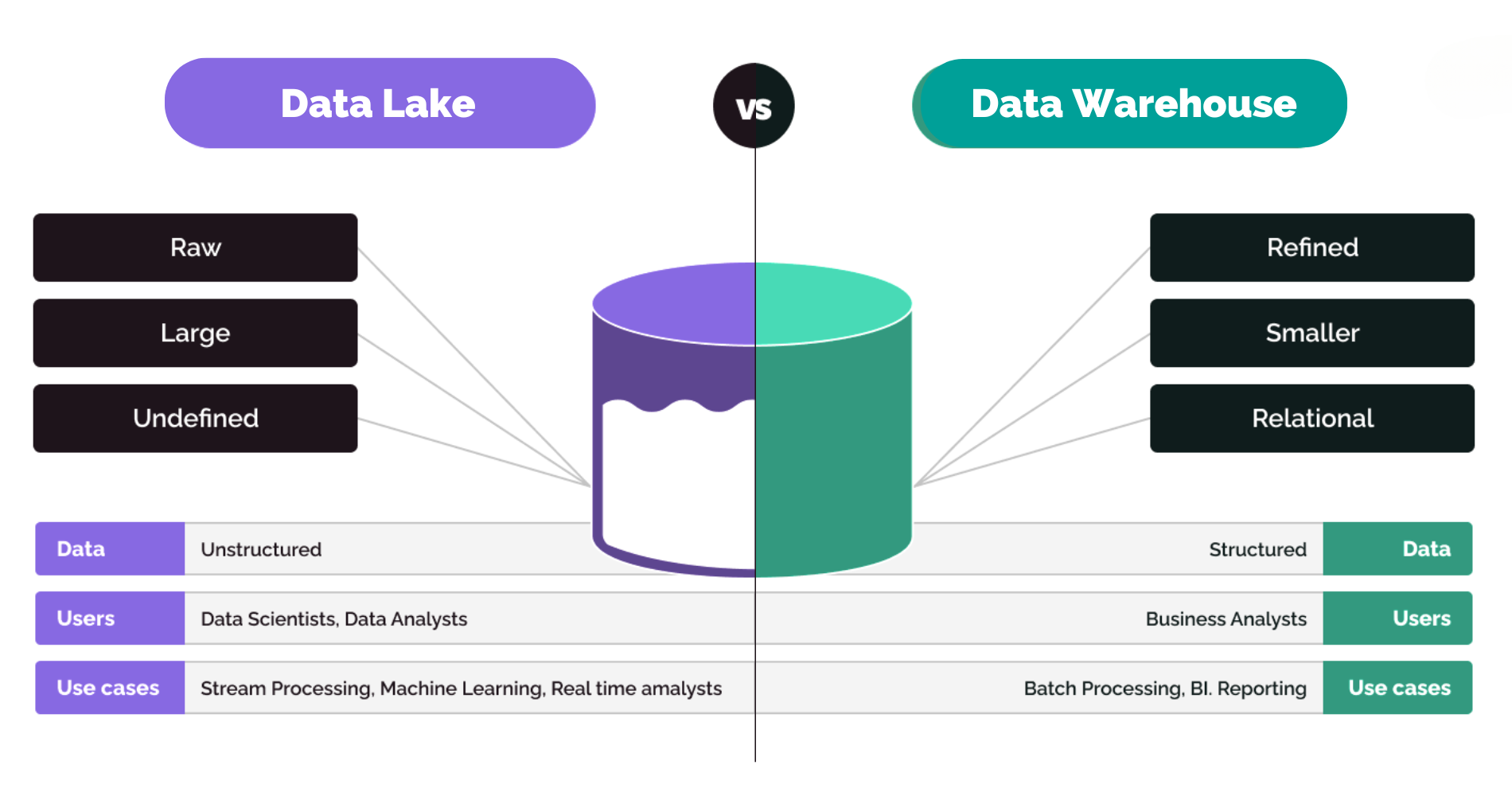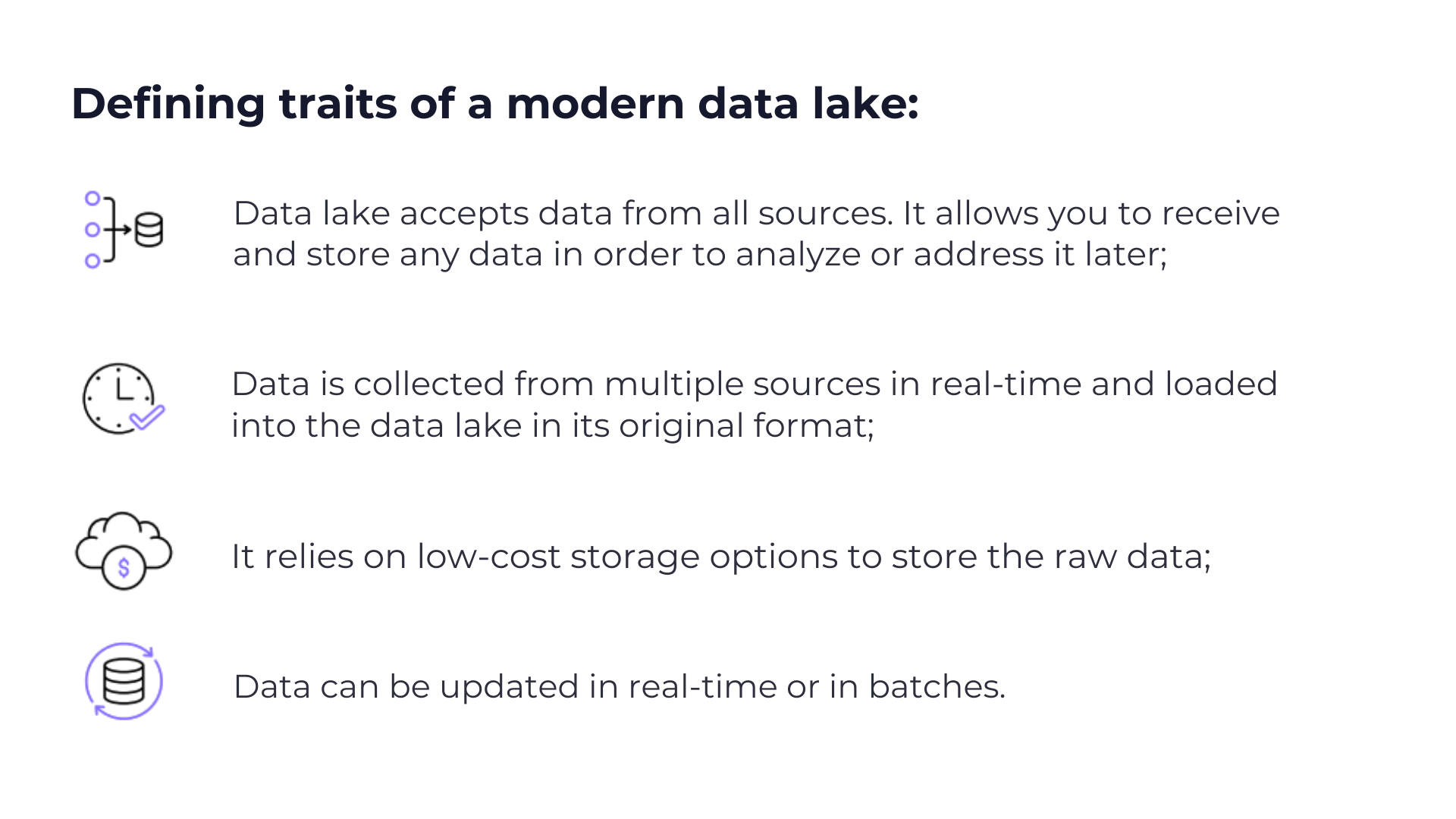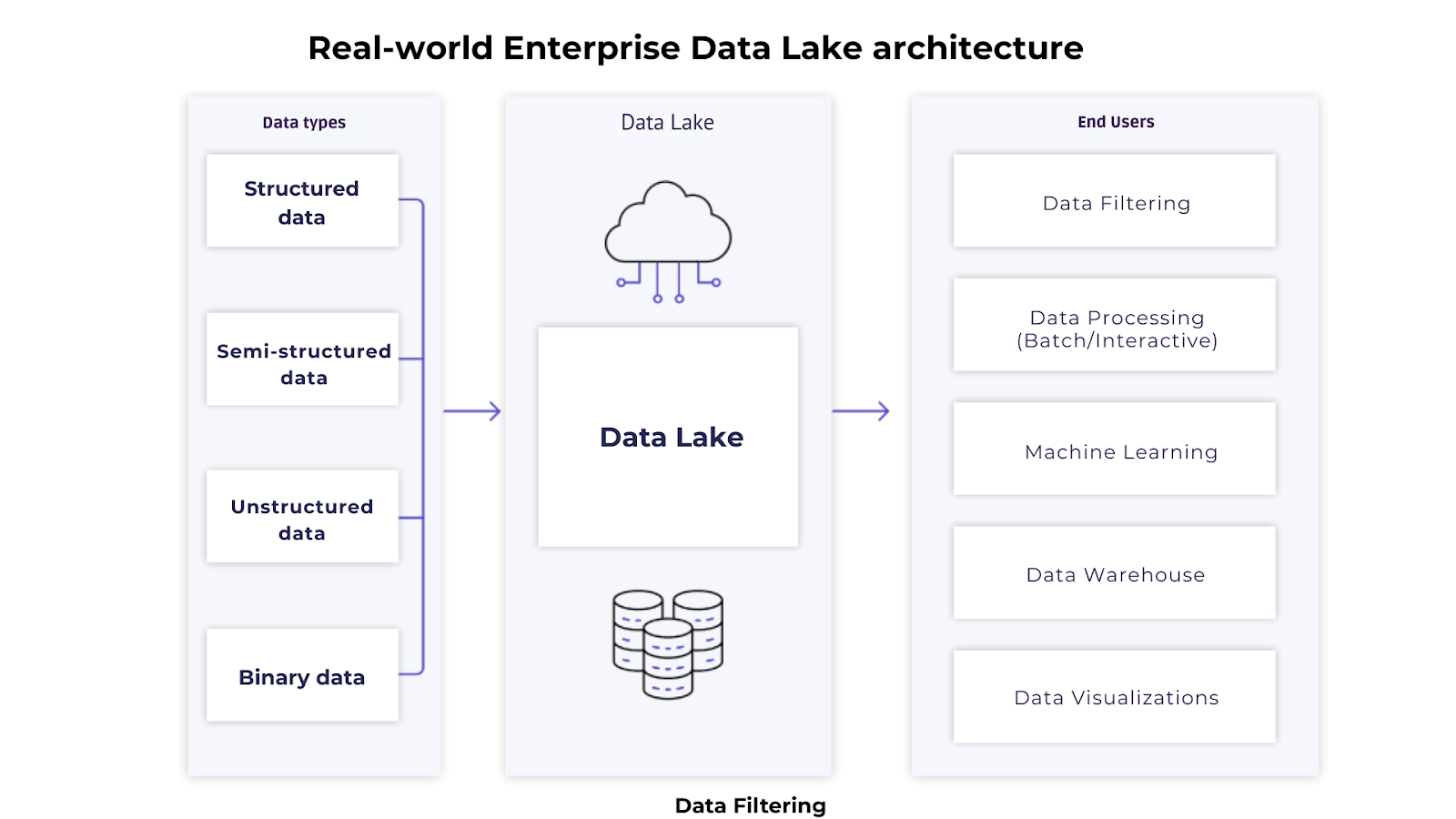
In today’s digital-first world, data is the new oil—the lifeblood powering Industry 4.0 and driving business intelligence. But like any valuable asset, data needs to be stored, protected, and refined to unlock its true potential. That’s where data lakes and data warehouses come into play. Though they might sound similar—after all, both are massive data repositories—their purposes and structures are fundamentally different.
A data lake is like a vast reservoir, holding raw, unprocessed data in its native format until it’s ready for use. In contrast, a data warehouse is more like a well-organized storage facility, structured and optimized for quick analysis. Both have their place in modern data strategies, and understanding how they work—both individually and together—can help you make informed decisions to enhance your data platform and strengthen your data governance framework.
This guide will walk you through the key differences, benefits, and industry-specific use cases of data lakes and data warehouses, empowering you to choose the right solution for your business needs. Ready to navigate the world of data storage? Let’s dive in!

What is a Data Lake? Definition and Purpose
In the expansive world of big data, a data lake serves as a centralized, scalable repository designed to store all types of data in its native format—as it arrives from a variety of sources. Unlike traditional databases that rely on rigid structures and predefined schemas, data lakes offer the flexibility to ingest structured, semi-structured, and unstructured data without the need for immediate transformation. Think of it as an open ecosystem of data—versatile, adaptable, and rich with opportunity.
Data lakes can seamlessly accommodate everything from social media streams and IoT sensor data to high-resolution videos and PDF documents. Just as a natural lake gathers water from diverse sources, a data lake consolidates information from numerous channels, preserving its original format for future exploration. This flexibility makes it an invaluable foundation for data scientists and analysts who aim to drive innovation through advanced analytics and large-scale machine learning models.
Wondering which data solution is right for your business, do not hesitate to contact our experts!

When considering a data lake for your business, understanding its core attributes is crucial:
- Scalability:
Data lakes are designed to scale horizontally, accommodating massive datasets at a fraction of the cost of traditional storage. For businesses dealing with ever-expanding data—like IoT logs, financial transactions, or customer interactions—this is a practical, future-proof solution. - Agility:
Data lakes support rapid experimentation, making them perfect for data scientists and analytics teams exploring machine learning models, deep learning, and predictive analytics. This agility can accelerate innovation cycles and speed up time-to-market for new services. - Cost Efficiency:
Built on low-cost storage solutions, data lakes offer an economical choice for archiving large datasets. For businesses aiming to optimize costs while maintaining robust data capabilities, this architecture is highly attractive.
If your business is in industries like healthcare, finance, manufacturing, or retail—where unstructured data is abundant and real-time analysis is critical—a data lake can significantly enhance your ability to drive insights and maintain a competitive edge.

Data Warehouse: Parameters or options
If a data lake is the Wild West of data storage, then a data warehouse is its sophisticated counterpart—a neatly organized library where information is carefully structured, cataloged, and ready for quick retrieval. In a data warehouse, data from various sources is collected, processed, and stored in predefined schemas, making it highly accessible for analysis and decision-making.
The purpose of a data warehouse is clear: to transform raw data into valuable business intelligence. Unlike traditional databases that handle real-time transactions, data warehouses are designed specifically for large-scale analysis. This enables business leaders and analysts to extract insights, identify trends, and make data-driven decisions with confidence. For companies focused on operational efficiency, forecasting, and strategic planning, data warehouses provide a reliable foundation for deep business insights.

Understanding the core features of data warehouses is essential when considering the right solution for your business:
- Centralized Repository: Data warehouses unify data from multiple systems, eliminating silos and offering a 360-degree view of business operations—essential for consistent reporting and analytics.
- Structured Format: With strict schemas and table organization, data warehouses function like a well-organized library—making queries faster and ensuring consistency for BI, audits, and compliance.
- RDBMS Backbone: Powered by relational databases, they deliver data accuracy, consistency, and integrity—crucial for generating trusted insights.

Data lake or data warehouse: Checklist to choosing the right solution for your business

Imagine turning chaotic, sprawling datasets into a high-speed engine for insights. That’s exactly what we did for a top AI analytics company in Southern Europe – combining DeltaLake, dynamic Spark clusters, and AWS OpenSearch to slash storage costs by 80%, cut compute spend in half, and triple data retrieval speed. The result: Teams focused on strategy, not manual data work. See how we did it: Optimized Data Architecture: Transforming Data Costs into Growth.
What’s exciting is that this transformation isn’t just about cost savings or faster queries—it’s about unlocking new opportunities. With a modern, flexible data architecture, companies can experiment with advanced analytics, build predictive models, and respond to market trends in real time. Imagine spotting shifts in consumer behavior the moment they happen, or launching new products with data-driven confidence. The possibilities expand as your data becomes not just a resource to store, but a strategic asset that fuels innovation and growth across your entire business.


